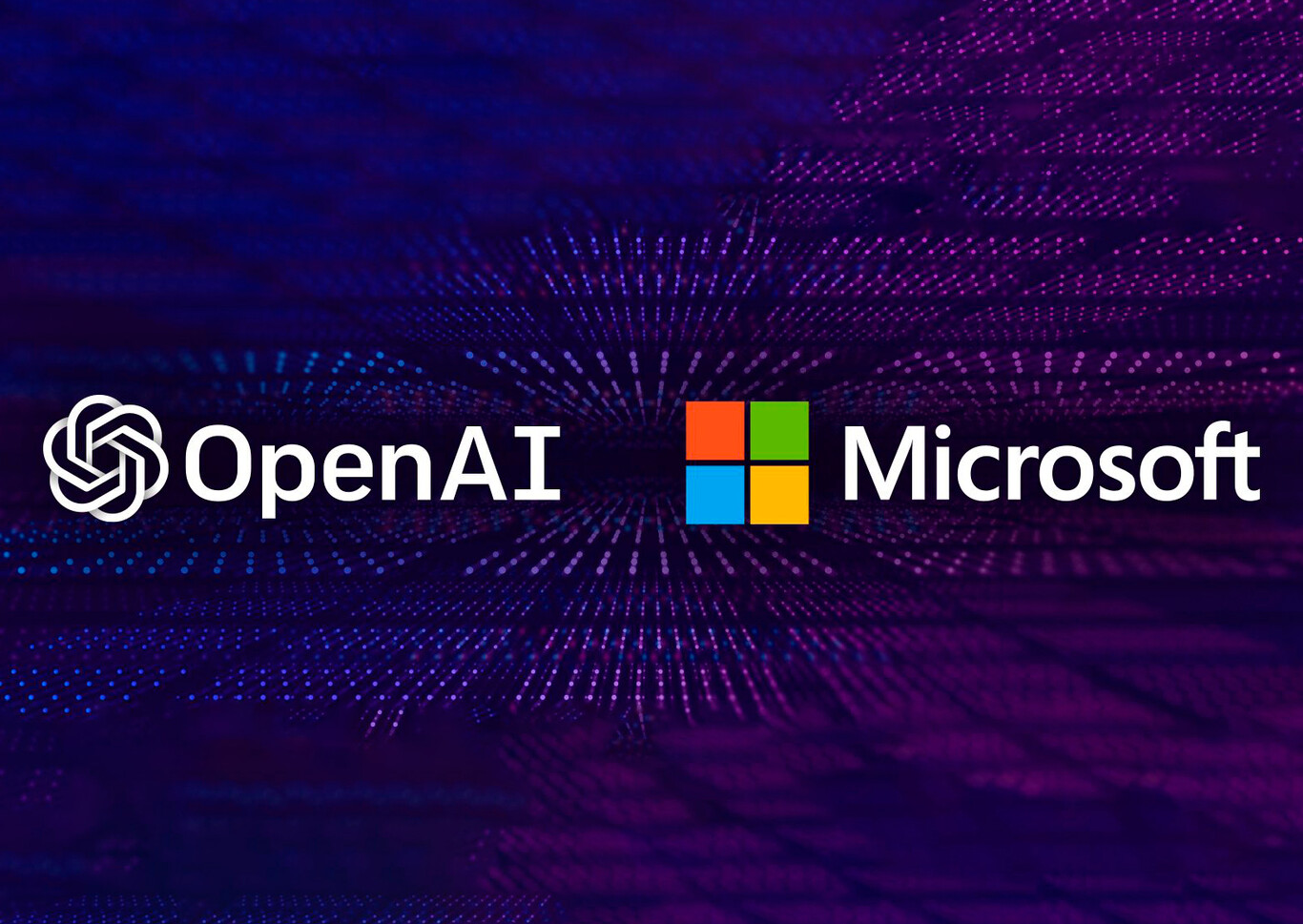BPMS vs. RPA: Understanding the Difference and When to Use Each
When it comes to process automation, businesses often face the choice between using a Business Process Management System (BPMS) or Robotic Process Automation (RPA). Both are powerful tools, but they serve different purposes and are suited for different types of tasks. Understanding the differences between BPMS and RPA is crucial for selecting the right solution for your business.
BPMS is designed to manage entire business processes from start to finish, ensuring that workflows are optimized and running smoothly across various departments. It is particularly useful for businesses that want to improve collaboration and visibility in complex, multi-step processes that require input from different teams. BPMS offers a comprehensive solution for managing workflows, automating approvals, and tracking performance metrics in real-time.
RPA, on the other hand, is focused on automating specific, repetitive tasks that are often time-consuming and prone to errors. It excels at handling high-volume workloads that don’t require complex decision-making, such as data entry, invoicing, and document processing. While BPMS manages entire workflows, RPA is more about speeding up individual tasks within those workflows, reducing manual labor, and improving accuracy.
One of the key differences between BPMS and RPA is the level of decision-making involved. BPMS typically automates processes that require human judgment, routing tasks to the right people based on specific rules and conditions. RPA, in contrast, is rule-based and excels in automating tasks that don’t require human intervention, following predefined steps to complete tasks quickly and efficiently.
The choice between BPMS and RPA often depends on your business needs. If you’re looking to improve end-to-end process management and collaboration, BPMS is likely the better option. However, if your primary goal is to reduce the time spent on repetitive tasks and increase accuracy, RPA might be the right choice. In many cases, businesses can benefit from using both technologies in tandem to automate both individual tasks and entire workflows.
Conclusión:
Both BPMS and RPA offer valuable solutions for process automation, but understanding when to use each is key to maximizing their benefits. By leveraging the strengths of both tools, businesses can streamline operations, reduce costs, and improve efficiency across the board.


